Home>Gardening & Outdoor>Outdoor Recreation & Activities>How To Jump On A Trampoline
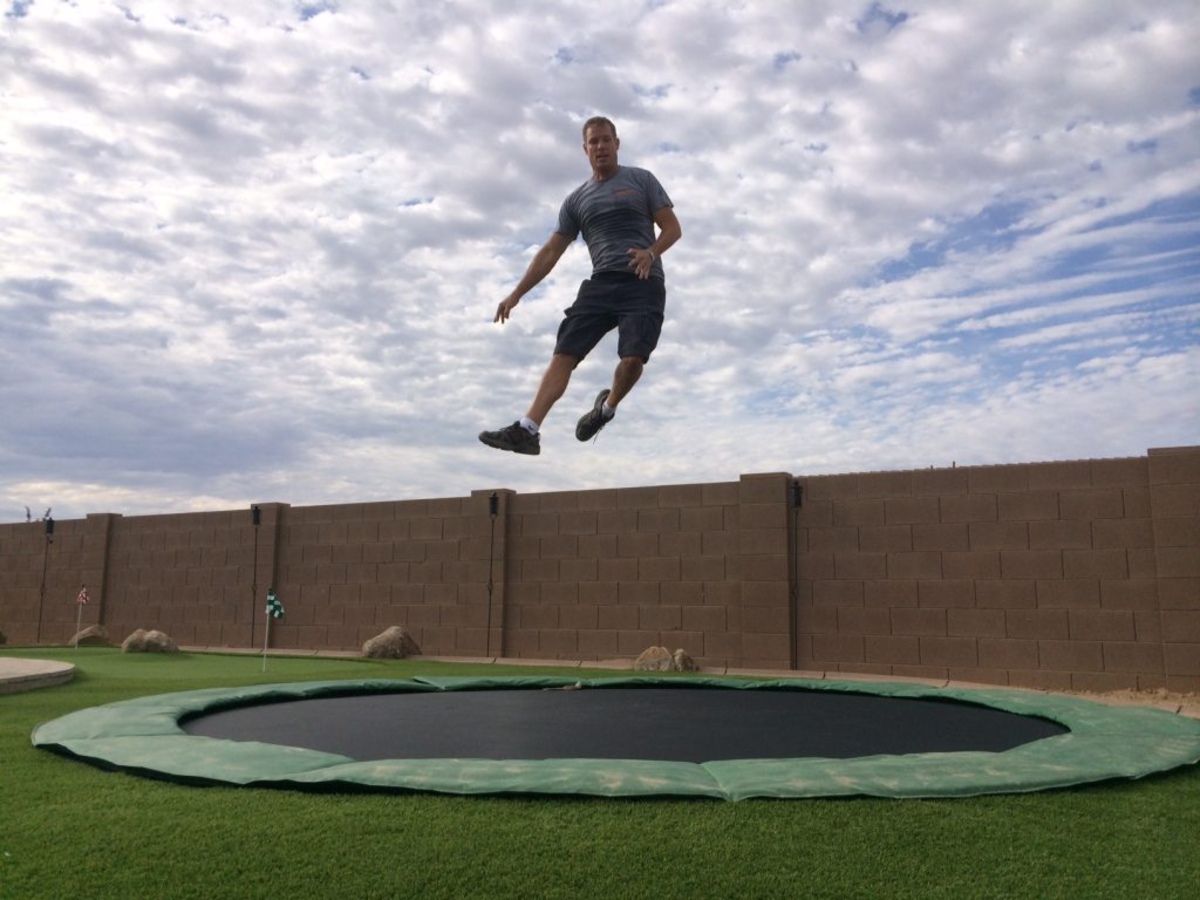

Outdoor Recreation & Activities
How To Jump On A Trampoline
Modified: January 14, 2024
Learn the best techniques for jumping on a trampoline and make the most of your outdoor recreation and activities. Get expert tips and safety guidelines.
(Many of the links in this article redirect to a specific reviewed product. Your purchase of these products through affiliate links helps to generate commission for Storables.com, at no extra cost. Learn more)
Introduction
Welcome to the thrilling world of trampolining! Bouncing on a trampoline is not only an exhilarating recreational activity but also a fantastic way to stay fit and active. Whether you’re a beginner or an experienced jumper, trampolining offers a myriad of health benefits and an adrenaline rush that’s hard to match.
In this guide, we’ll explore the essential aspects of trampolining, from safety precautions to advanced jumping techniques. By the end, you’ll be equipped with the knowledge and skills to make the most of your trampolining experience.
So, let’s spring into action and delve into the exciting world of trampolining!
Key Takeaways:
- Embrace safety by following supervision, proper assembly, and suitable footwear to create a secure trampolining environment for all ages. Prioritize safety to soar with confidence and agility.
- Master basic techniques like bouncing, straight jump, tuck jump, pike jump, and seat drop to lay a foundation for an exhilarating trampolining journey. Cultivate agility, coordination, and appreciation for aerial movement.
Read more: How To Jump Higher On A Trampoline
Safety Precautions
Before embarking on your trampolining adventure, it’s crucial to prioritize safety. While trampolining is undeniably fun, it involves inherent risks that must be mitigated through careful adherence to safety measures. Here are some essential safety precautions to ensure a secure and enjoyable trampolining experience:
- Supervision: Always have a responsible adult present to supervise trampolining activities, especially when children are involved. Their guidance can help prevent reckless behavior and minimize the risk of accidents.
- Proper Assembly: Ensure that the trampoline is correctly assembled according to the manufacturer’s guidelines. Check for any loose or damaged components before each use, and promptly address any issues to maintain structural integrity.
- Clear Surroundings: Place the trampoline on a level surface with ample clearance from obstacles such as trees, fences, and other structures. This minimizes the chance of colliding with external objects during jumps.
- Safety Net and Padding: Install a safety net enclosure around the trampoline to prevent accidental falls. Additionally, ensure that the trampoline frame and springs are adequately padded to cushion any impact.
- Limit Jumpers: Adhere to the recommended weight and occupancy limits for the trampoline to prevent overloading, which can compromise its stability and safety.
- Footwear: Remove any sharp or abrasive objects from your shoes before jumping to prevent damage to the trampoline surface. Alternatively, consider jumping barefoot or wearing specialized trampoline socks.
- Weather: Avoid trampolining during inclement weather, such as strong winds or thunderstorms, as it can increase the risk of accidents and injuries.
By conscientiously following these safety precautions, you can significantly reduce the likelihood of trampolining-related mishaps and ensure a secure environment for all participants.
Proper Footwear
When engaging in trampolining, the choice of footwear plays a pivotal role in ensuring both safety and performance. While some enthusiasts prefer to bounce barefoot, others opt for specialized trampoline socks or lightweight athletic shoes. Each option offers distinct advantages, and selecting the most suitable footwear is essential for a comfortable and secure trampolining experience.
Barefoot Bouncing: Jumping on a trampoline barefoot provides a direct connection between your feet and the trampoline surface, allowing for enhanced grip and sensory feedback. This can facilitate precise movements and a heightened sense of control, particularly during intricate maneuvers such as flips and twists. However, it’s important to ensure that your feet are clean and free from any sharp objects or debris to prevent injury or damage to the trampoline mat.
Trampoline Socks: Designed specifically for trampolining, these specialized socks feature grippy soles that provide traction and stability while minimizing the risk of slipping. They also offer a layer of protection for the soles of your feet, reducing the impact of repetitive bouncing and potentially preventing blisters. Trampoline socks are a popular choice among trampolining enthusiasts seeking a balance of comfort and grip.
Athletic Shoes: Lightweight athletic shoes with non-marking soles can also be suitable for trampolining, offering added support and cushioning. When selecting athletic shoes for trampolining, prioritize models with minimal tread and a snug fit to minimize the risk of catching on the trampoline mat. Additionally, ensure that the shoes are clean and free of any small rocks or debris that could damage the trampoline surface.
Regardless of your chosen footwear, it’s essential to inspect and clean your feet or footwear before stepping onto the trampoline to prevent any foreign objects from causing damage. By selecting the appropriate footwear and maintaining a clean trampoline surface, you can optimize your trampolining experience while prioritizing safety and performance.
When jumping on a trampoline, make sure to keep your body centered and balanced. Use your arms to help control your jumps and always land with your knees slightly bent to absorb the impact.
Basic Techniques
Mastering the fundamental trampolining techniques is the key to unlocking a world of aerial excitement and physical prowess. Whether you’re a novice eager to learn the basics or a seasoned jumper looking to refine your skills, these foundational techniques lay the groundwork for a thrilling trampolining journey.
Bouncing: The most fundamental trampolining maneuver, bouncing involves rhythmically flexing and extending your legs to propel yourself into the air. Focus on maintaining a consistent tempo and distributing your weight evenly to achieve a smooth and controlled bounce. As you become more adept, experiment with varying degrees of force and timing to achieve different heights and trajectories.
Straight Jump: Begin by mastering the straight jump, which involves taking off and landing with both feet while maintaining a vertical trajectory. Keep your body upright and your arms by your sides as you ascend and descend, aiming for a balanced and graceful execution.
Tuck Jump: Elevate your trampolining repertoire by incorporating the tuck jump, a dynamic maneuver that involves pulling your knees toward your chest while in mid-air. As you ascend, initiate the tuck by bringing your knees upward and wrapping your arms around them. Maintain a compact and controlled tuck position before extending your legs to prepare for landing.
Pike Jump: Expand your aerial repertoire with the pike jump, which entails maintaining straight legs and a forward-leaning posture during the ascent. As you spring into the air, extend your legs in front of you while simultaneously reaching toward your toes with your hands. Focus on achieving a streamlined and elongated body position to maximize the aesthetic and aerodynamic qualities of the maneuver.
Seat Drop: Transitioning from upright jumps, the seat drop involves landing on the trampoline with your legs extended in front of you and your hands positioned behind your hips. Upon landing, absorb the impact with your legs and maintain a stable seated position before springing back up into the air.
By honing these basic techniques, you’ll lay a solid foundation for exploring more advanced maneuvers and sequences, all while cultivating agility, coordination, and a profound appreciation for the art of trampolining.
Advanced Techniques
As you gain confidence and proficiency in trampolining, you’ll be ready to elevate your skills with a range of exhilarating and challenging advanced techniques. These maneuvers require precision, coordination, and a daring spirit, offering a thrilling opportunity to push the boundaries of aerial athleticism. Let’s delve into the realm of advanced trampolining techniques and explore the dynamic maneuvers that will take your jumping prowess to new heights.
Front Flip: The front flip, also known as a front tuck, involves rotating forward in mid-air to complete a full somersault before landing back on the trampoline. To execute this maneuver, initiate a strong bounce and tuck your knees toward your chest as you ascend. Maintain a compact and controlled tuck position while rotating forward, and spot the trampoline to gauge your landing before extending your body to prepare for a smooth touchdown.
Back Flip: Embrace the exhilaration of the back flip, a dynamic maneuver that entails rotating backward to complete a full somersault before landing. As you ascend, initiate a powerful bounce and tuck your knees toward your chest while leaning backward. Maintain spatial awareness and control throughout the rotation, spotting the trampoline to gauge your landing before extending your body to prepare for a graceful return to the trampoline surface.
Twist: Introduce captivating twists into your trampolining repertoire by incorporating rotational movements during your jumps. Experiment with twisting your body to the left or right while in mid-air, using your arms and core muscles to initiate and control the rotation. Begin with quarter or half twists and gradually progress to full twists as you refine your technique and spatial awareness.
Double Bounce: The double bounce technique involves timing your jumps to coincide with the trampoline’s rebound, amplifying your height and creating a dynamic rhythm. By synchronizing your movements with the trampoline’s responsive surface, you can achieve impressive elevation and fluidity, opening the door to a myriad of creative and complex maneuvers.
Combination Sequences: Unleash your creativity and athleticism by stringing together a series of advanced techniques into captivating combination sequences. Experiment with seamlessly transitioning from flips to twists, incorporating multiple rotations, and exploring innovative variations to craft captivating and dynamic routines.
As you delve into the realm of advanced trampolining techniques, remember to prioritize safety, focus on mastering each maneuver incrementally, and seek guidance from experienced trampolinists to refine your skills. With dedication and perseverance, you’ll unlock a world of aerial artistry and exhilarating possibilities in the realm of advanced trampolining.
Conclusion
Trampolining transcends mere recreational activity, offering a gateway to boundless excitement, physical expression, and personal growth. From mastering basic techniques to embracing advanced maneuvers, the art of trampolining embodies a harmonious blend of athleticism, creativity, and sheer exhilaration. As you navigate the captivating world of trampolining, it’s essential to prioritize safety, technique, and a spirit of adventure.
By adhering to essential safety precautions, such as supervision, proper assembly, and suitable footwear, you can create a secure environment for trampolining enthusiasts of all ages. Embracing the nuances of proper footwear, from barefoot bouncing to specialized trampoline socks, enhances both safety and performance, empowering you to soar with confidence and agility.
Mastering basic techniques sets the stage for an exhilarating journey into the realm of trampolining, fostering agility, coordination, and a deep appreciation for the artistry of aerial movement. As you progress to advanced techniques, such as flips, twists, and combination sequences, you’ll discover a realm of boundless creativity and athletic prowess, all while honing your skills and pushing the boundaries of aerial athleticism.
Ultimately, trampolining is a celebration of freedom, expression, and the joy of defying gravity. It’s a testament to the human spirit’s indomitable desire to explore the skies and embrace the thrill of weightless flight. Whether you’re bouncing for leisure, fitness, or competitive pursuits, trampolining invites you to unleash your inner acrobat, revel in the sensation of weightlessness, and embark on a journey of aerial artistry.
So, as you embark on your trampolining odyssey, remember to embrace safety, cultivate technique, and savor the sheer delight of defying gravity with each exhilarating bounce. The trampoline awaits, ready to propel you into a world of airborne wonder and endless possibilities.
Frequently Asked Questions about How To Jump On A Trampoline
Was this page helpful?
At Storables.com, we guarantee accurate and reliable information. Our content, validated by Expert Board Contributors, is crafted following stringent Editorial Policies. We're committed to providing you with well-researched, expert-backed insights for all your informational needs.

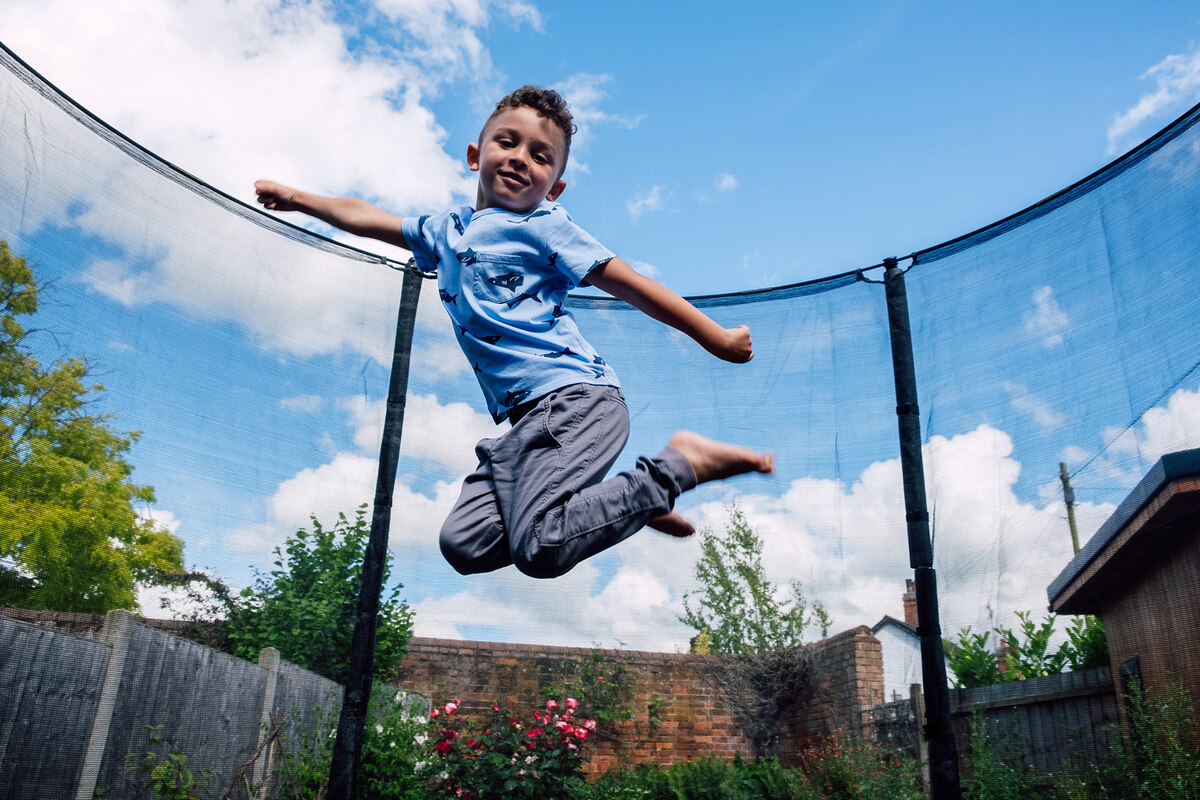
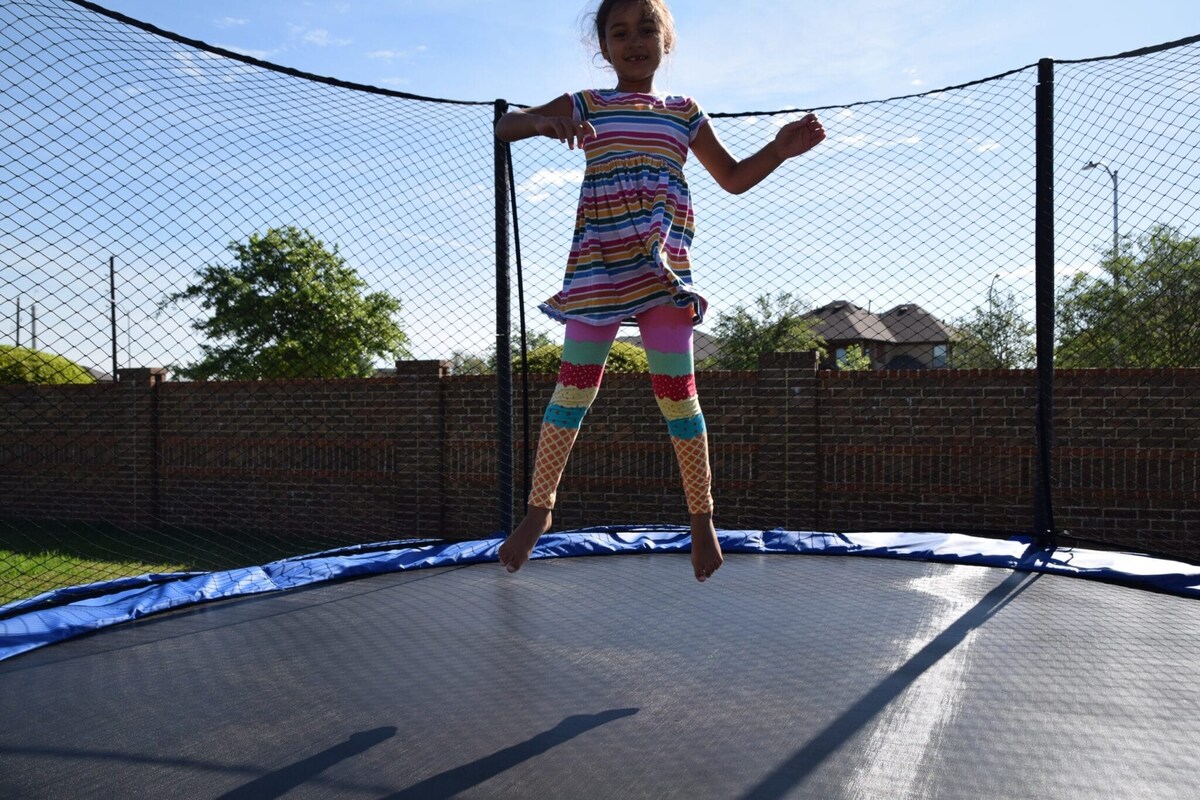

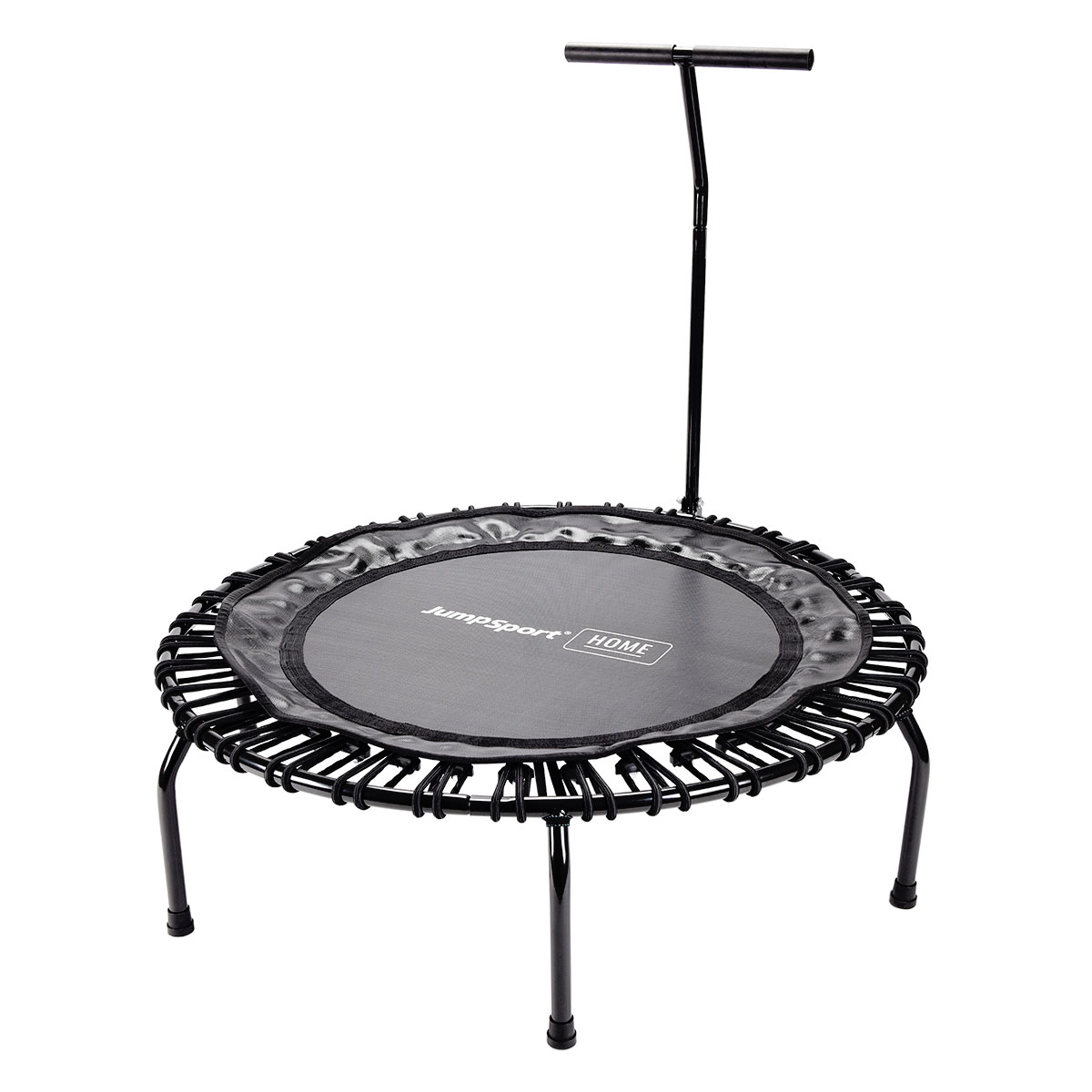
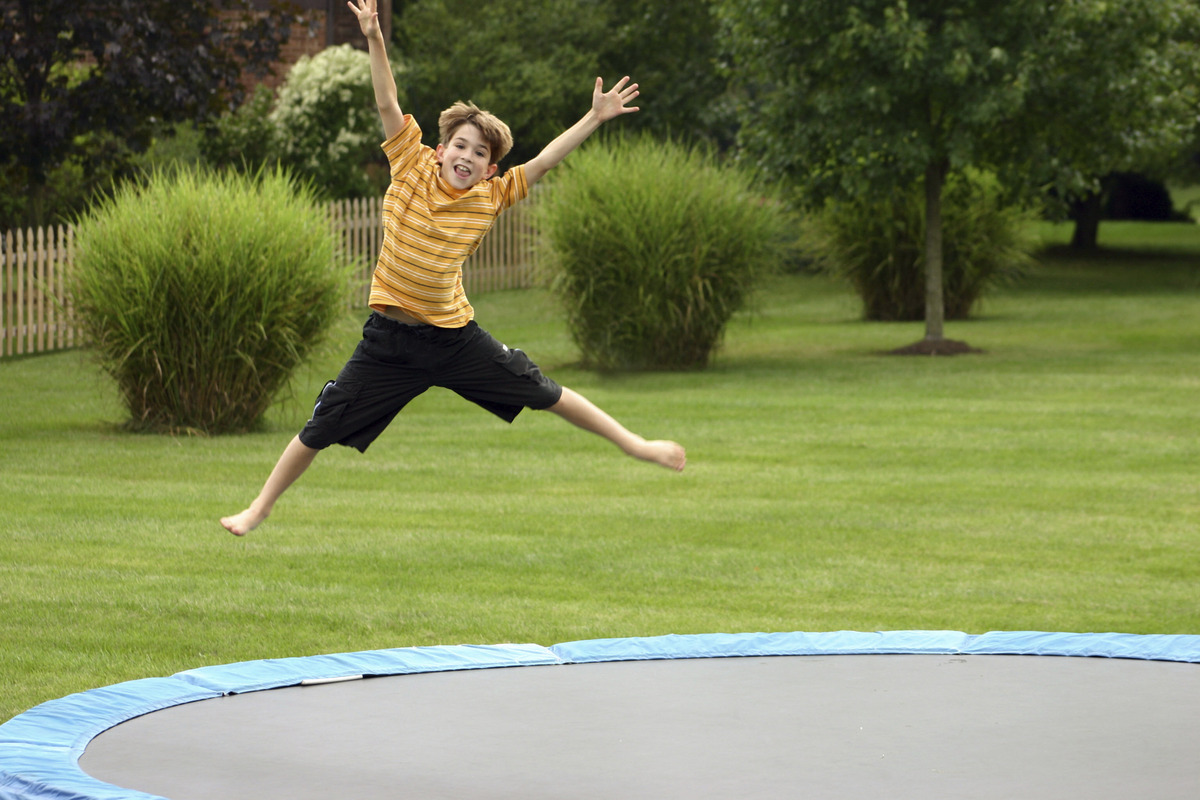
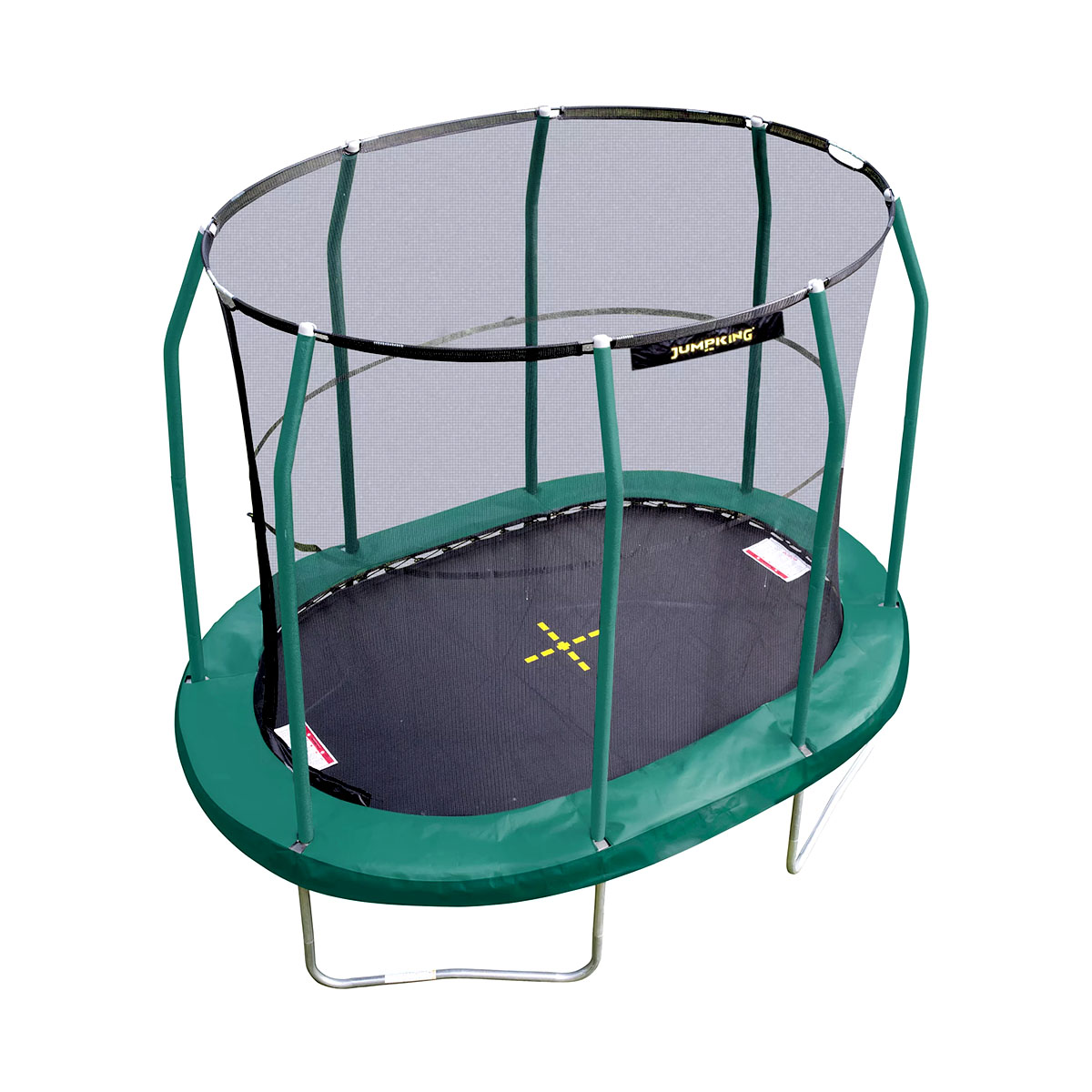
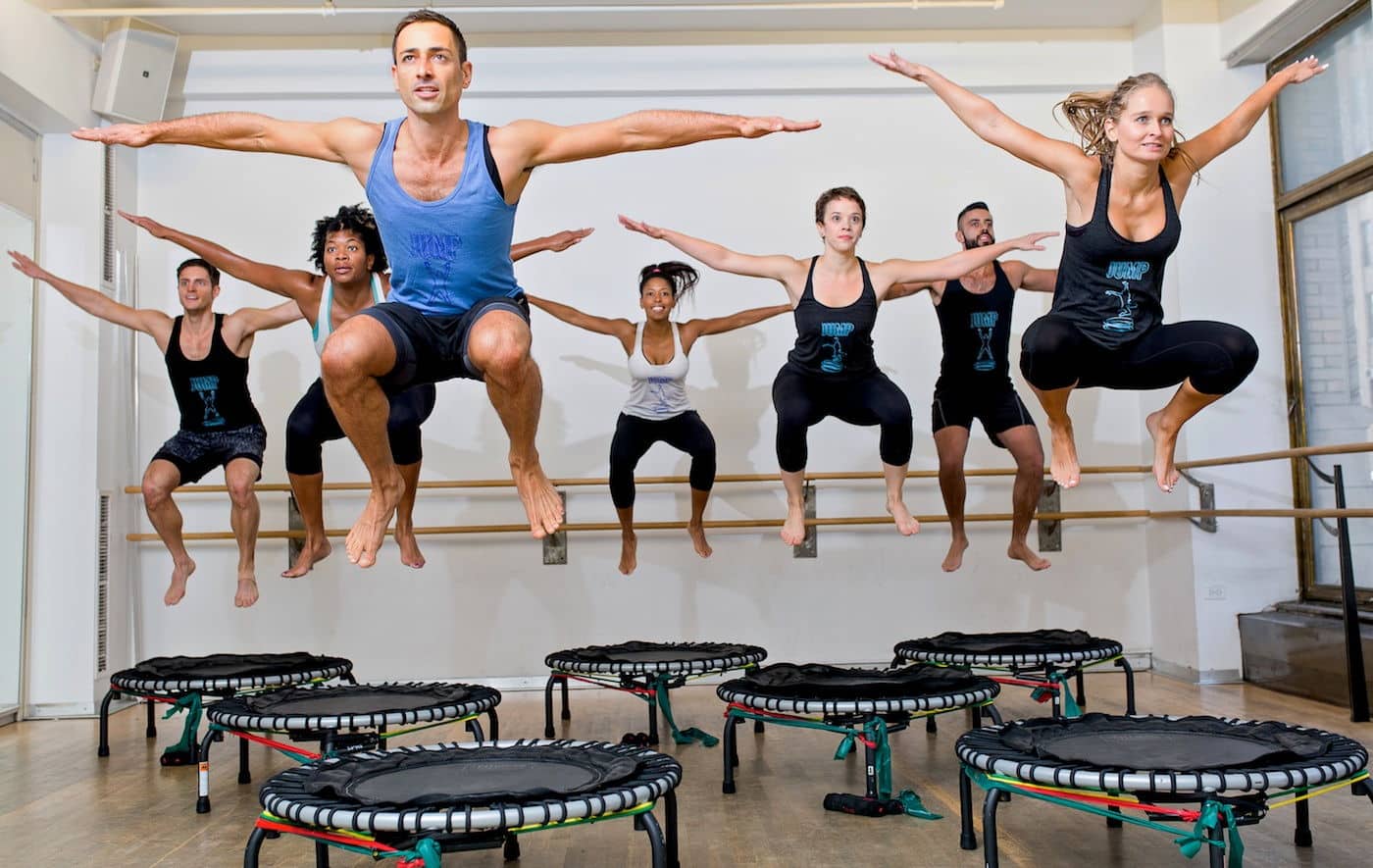




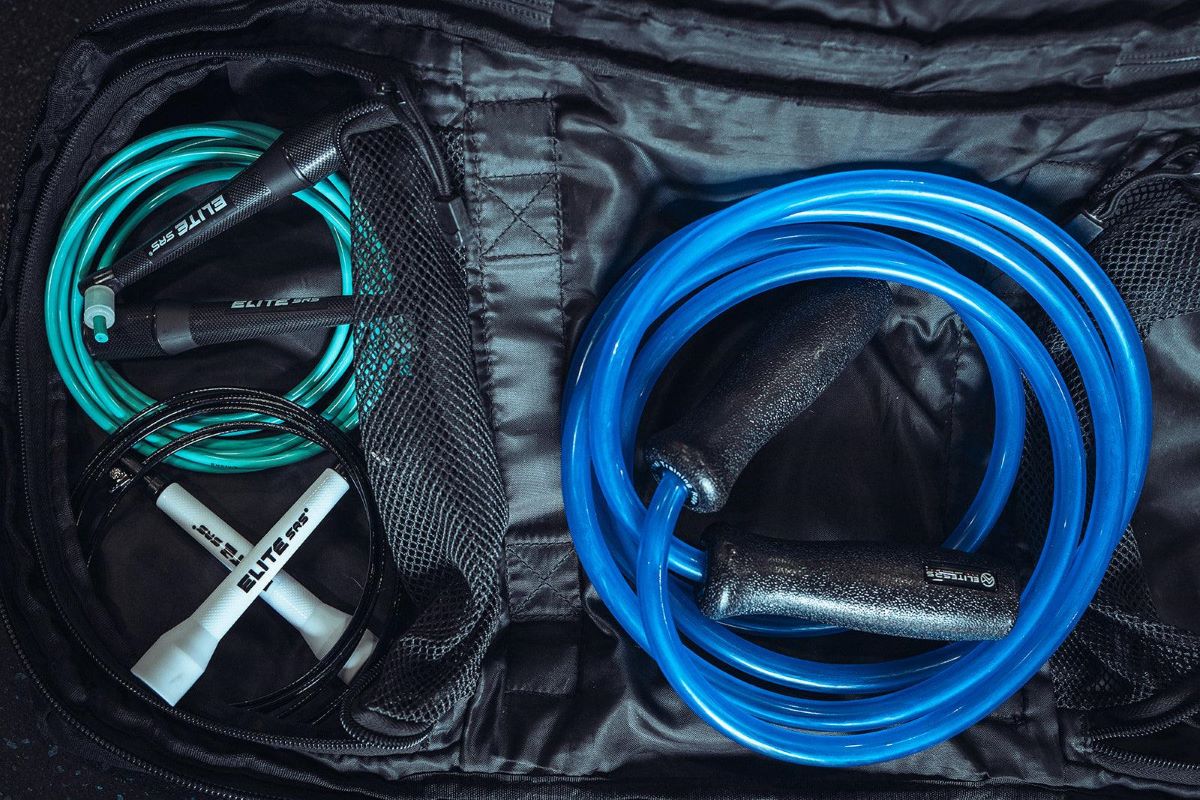
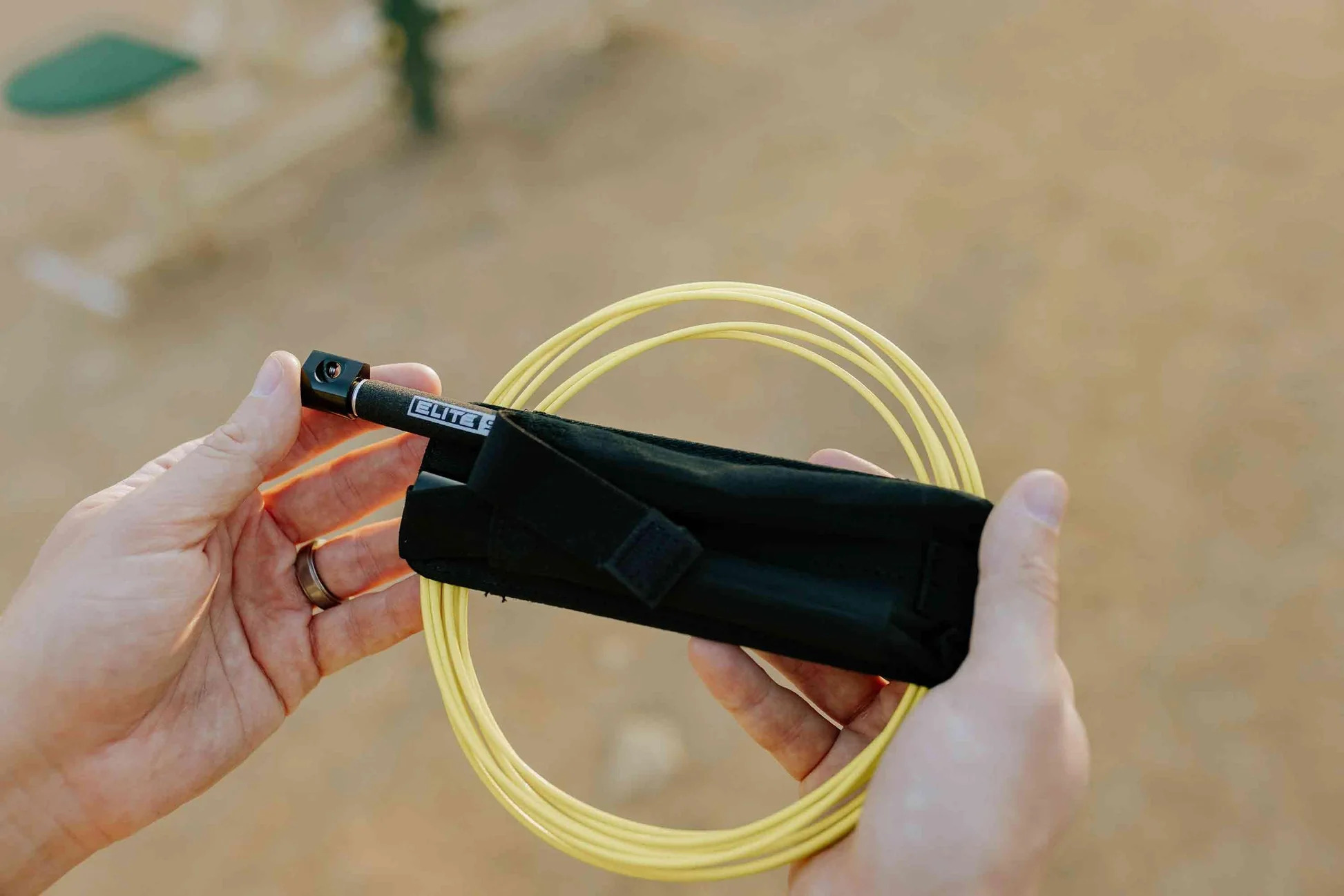

0 thoughts on “How To Jump On A Trampoline”